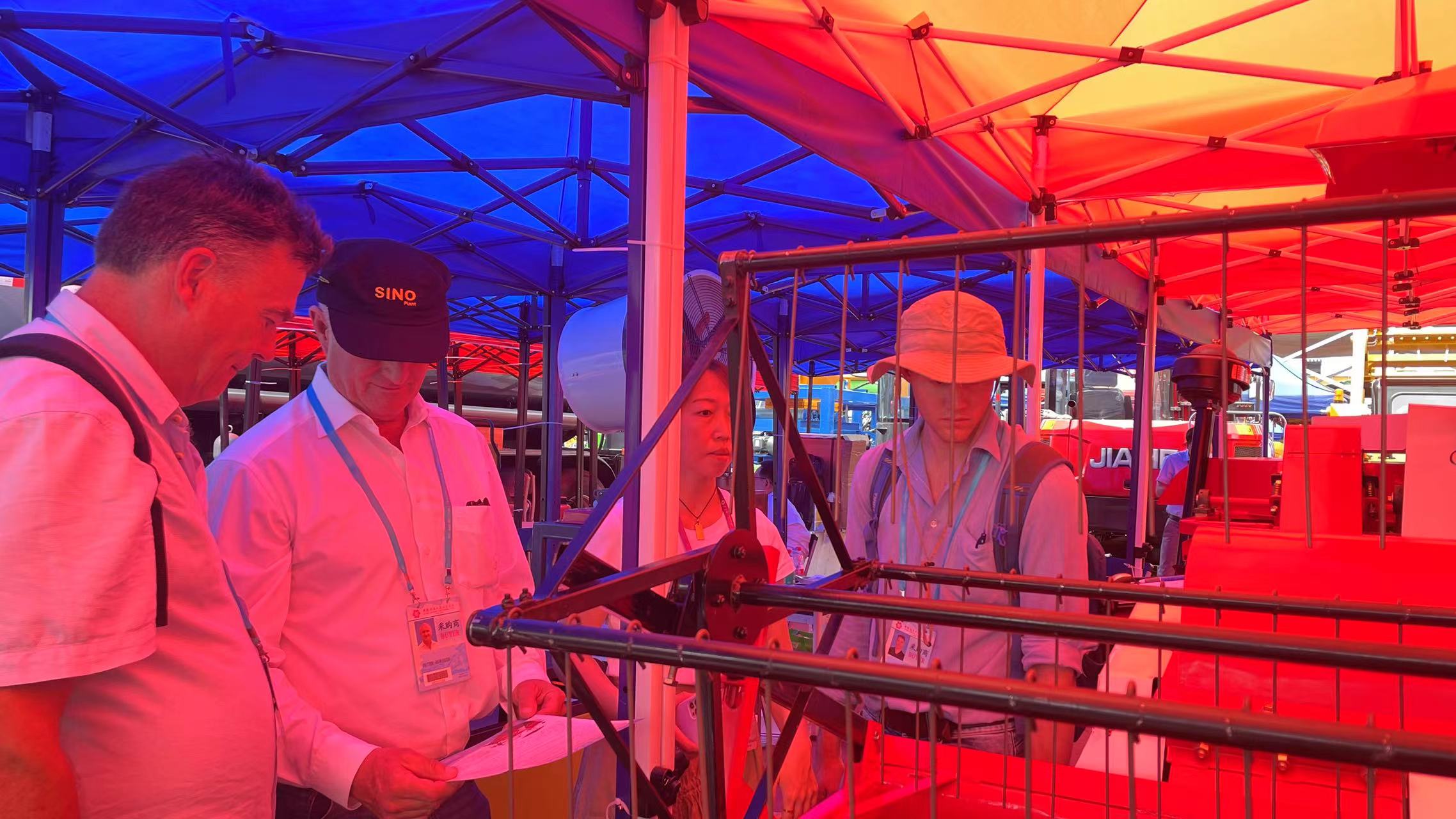The Importance of Forage Harvesters in Modern Agriculture Techniques and Practices
The Evolution and Impact of Forage Harvesters
Forage harvesters, also known as choppers, have revolutionized agricultural practices, particularly in the livestock sector. These machines play a crucial role in the efficient harvesting, processing, and storage of forage crops, which include grasses, legumes, and other plants used primarily for animal feed. Over the years, forage harvesters have evolved significantly in terms of design, capability, and efficiency, reflecting advancements in technology and the growing demands of modern agriculture.
Historical Background
The origins of forage harvesting can be traced back to the early 20th century when manual methods were replaced by mechanized solutions. Initial forage harvesting techniques relied on mowers or scythes, which required significant labor and time. With the introduction of the first mechanical forage harvester in the 1930s, farmers experienced a significant increase in efficiency, which allowed them to harvest larger areas in shorter periods. This advancement marked the beginning of a new era in agriculture, setting the stage for future innovations.
Modern Forage Harvesters
Today's forage harvesters are highly sophisticated machines equipped with advanced technologies
. Typically mounted on a tractor or designed as self-propelled units, these harvesters utilize sharp, rotating blades that chop forage crops into small pieces, making it easier for storage and digestion by livestock. Modern harvesters also come equipped with GPS technology, allowing for precise navigation and field mapping, which optimizes harvesting patterns and reduces waste.Additionally, many forage harvesters can be customized with various attachments and options to suit specific cropping needs. Some models feature advanced monitoring systems that provide real-time data on moisture content and crop density, enabling farmers to make informed decisions during the harvesting process. This level of precision not only enhances productivity but also improves the overall quality of the forage.
forage harvester

Environmental and Economic Impact
The impact of forage harvesters extends beyond individual farms. On an environmental scale, these machines contribute to sustainable agricultural practices by enabling farmers to manage their resources more efficiently. By maximizing the harvests and reducing labor costs, forage harvesters allow for effective land management, minimizing soil erosion and promoting better nutrient cycling in the fields.
Economically, the use of forage harvesters can greatly reduce operational costs. The increased efficiency means that farmers can produce more feed in less time, which directly translates to reduced labor and fuel expenses. Furthermore, the high-quality forage produced can enhance livestock growth rates and dairy production, leading to increased revenue for farmers. These machines have thus become essential assets for modern agricultural operations, helping to ensure food security and sustainable practices.
Challenges and Future Directions
Despite their benefits, forage harvesters face challenges, including the need for significant initial investment and ongoing maintenance costs. Moreover, farmers must also navigate the complexities of optimizing these machines for different crops and soil types, which often requires specialized knowledge and training.
Looking ahead, the future of forage harvesting is likely to be influenced by ongoing technological advancements. Innovations in automation and robotics may lead to the development of fully autonomous forage harvesting systems, further reducing the need for human labor and increasing efficiency. Additionally, research into smart farming technologies and artificial intelligence could enhance the decision-making processes related to forage management and harvesting strategies.
In conclusion, forage harvesters represent a crucial innovation in modern agriculture, enhancing the efficiency and sustainability of livestock production. Their evolution from simple mechanical devices to complex, technology-driven machines has transformed the way farmers approach forage management. As the agricultural sector continues to face new challenges and demands, forage harvesters will undoubtedly play a vital role in shaping a sustainable and productive future for farmers worldwide.
Latest news
-
When to Upgrade Your Old Forage HarvesterNewsJun.05,2025
-
One Forage Harvester for All Your NeedsNewsJun.05,2025
-
Mastering the Grass Reaper MachineNewsJun.05,2025
-
How Small Farms Make Full Use of Wheat ReaperNewsJun.05,2025
-
Harvesting Wheat the Easy Way: Use a Mini Tractor ReaperNewsJun.05,2025
-
Growing Demand for the Mini Tractor Reaper in AsiaNewsJun.05,2025







